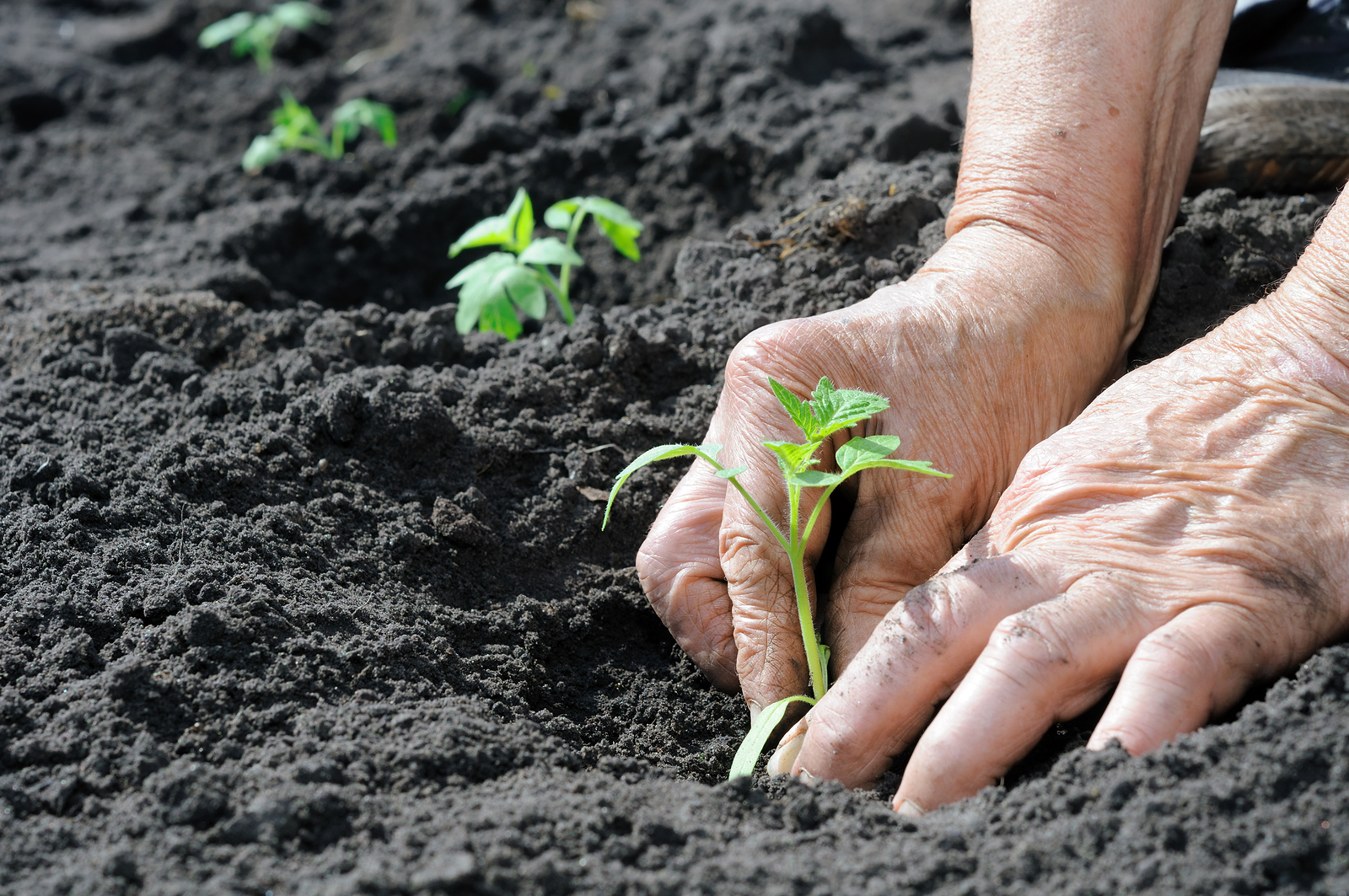“Sow the Seeds of Victory” was a phrase familiar to all Americans in early spring of 1917. We hadn’t yet entered “The Great War” that was ravaging our allies’ food supplies.
All across Europe, “. . . agricultural workers were recruited into military service and farms were transformed into battlefields. As a result, the burden of feeding millions of starving people fell to the United States.”
And, as we are wont to do, we rose to the occasion, planting food crops in backyards, vacant lots school grounds and parks.
“As a result of these combined efforts, 3 million new garden plots were planted in 1917 and more than 5.2 million were cultivated in 1918, which generated an estimated 1.45 million quarts of canned fruits and vegetables,” according to Laura Schumm at History.com.
Today, we find ourselves at war again only this time our enemy is a virus. The rush to stock up left supermarket shelves bare for a time and now, months into the battle, there are still many items that are in short supply.
Again, we rose to the occasion, with Americans across the country planting their own version of yesterday’s Victory Garden (originally called War Gardens). The smart ones bought their seeds way ahead of the planting season (seeds are one of the items in very short supply right now).
If you’re a member of the country’s budding new vegetable gardener crowd, read on. We’ve put together some tips for growing the three most popular crops.
Tomatoes
Tomatoes are by far the most popular crop for home gardeners. Nurseries run out of starter plants quickly.
Tomatoes are easy to grow (they can even be grown in containers), provide a large yield and can be used in lots of different ways.
The time it takes to grow a tomato depends on the cultivar, but typically ranges from 60 to more than 80 days.
Tomato plants are susceptible to several disorders, diseases and pests. The one that stymies new growers the most is blossom-end rot. Caused by a lack of calcium in the plant, new growers automatically assume that supplementing the soil with calcium will cure the disorder.
More often than not, the cause is inconsistent watering. Once the gardener begins watering the tomato plant consistently, the disorder typically clears up.
Need more tips on becoming a world-class tomato grower? Visit Sunset.com.
Cucumbers
The two things that cucumbers require above all else is heat and consistent moisture in the soil. Get that right and you’ll be successful.
One of our favorite things about growing cucumbers is that if you buy the bush type you can grow them in small gardens or even in containers.
Grow cucumbers in rich soil, in full sun. When you’re preparing the soil, add about two inches of well-rotted manure or compost and mix it into the top 6 inches of soil.
For more tips on growing cucumbers, from planting to harvest, watch this video at YouTube.com.
Bell Peppers
If you’re a new gardener, you can’t go wrong growing bell peppers – a definite confidence booster!
You’ll want to plant bell peppers in full sun – the longer they get sunshine every day, the larger your peppers will be.
Follow the soil advice for cucumbers, above, and ensure the soil drains well. The soil temperature should be at least 65 degrees Fahrenheit before planting your peppers into the garden.
A good rule of thumb is to provide the bell pepper plants with an inch or two of water a week. During periods of intense heat, or if you’re a desert gardener, you may need to water daily.
Like tomatoes, bell peppers are also susceptible to blossom-end rot so create a watering schedule and stick to it.
Get more tips on growing peppers and advice on how to spot problems at Almanac.com.


